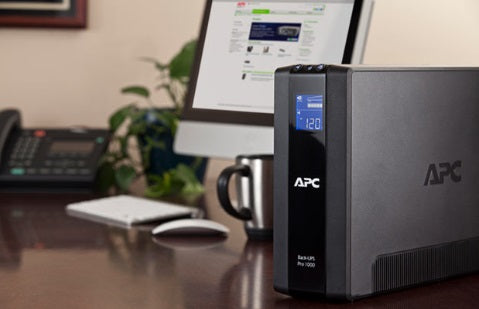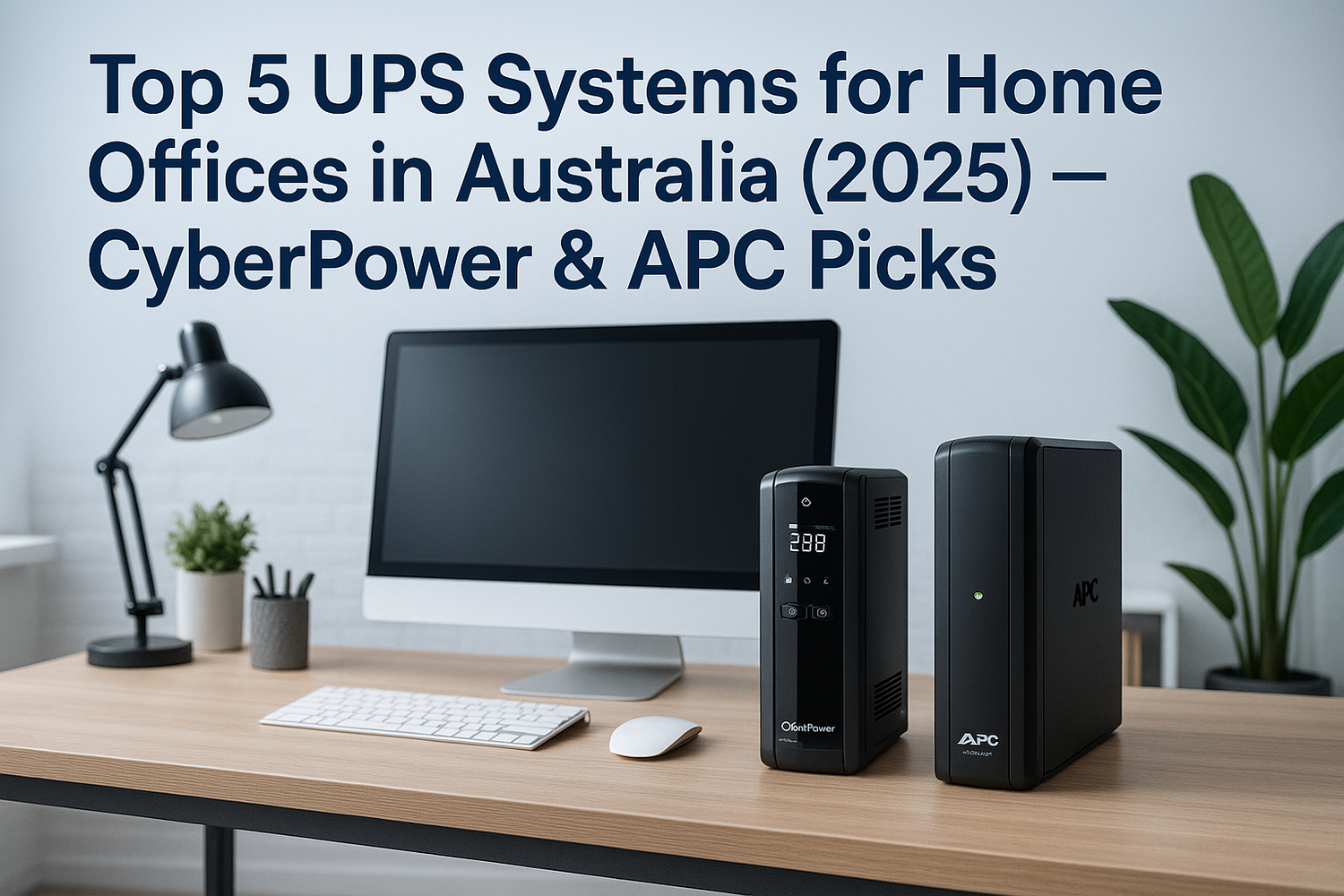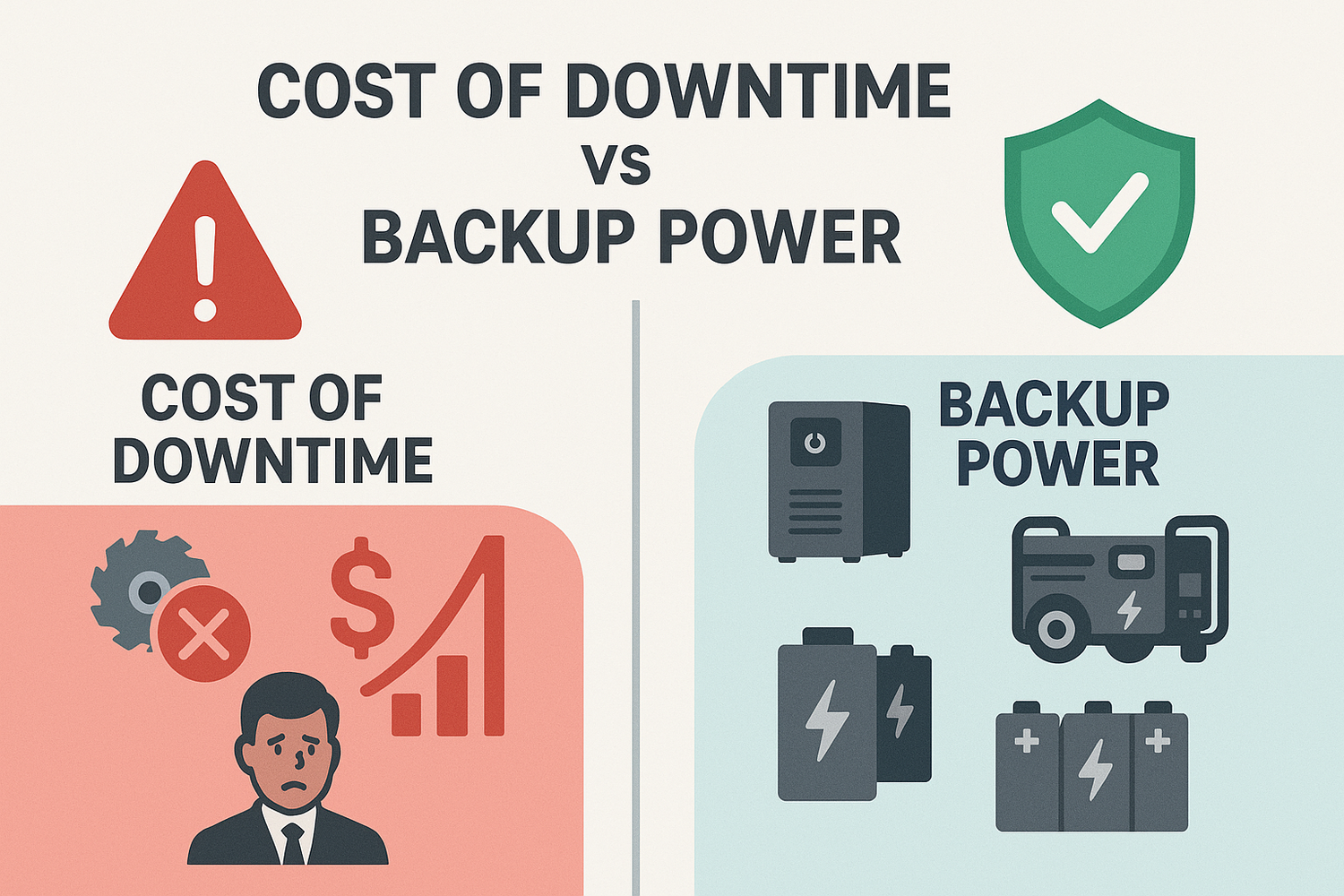One of the most commonly asked questions we get is "Why do I need a UPS?". Below outlines some of the common risks and reasons why your Home and Business should be protected with a UPS.
Home
The electronic devices you rely on every day for communication, security and entertainment are at risk of damage and failure due to unexpected blackouts, voltage fluctuations or other power disruptions. A UPS provides battery backup power and protection for electronic devices, including:
- Wireless Networking Equipment (routers, modems)
- Computers
- Televisions
- Security Systems
- Gaming Consoles
- Mobile Devices
Business
Downtime caused by power outages is frustrating for anyone, but can be financially crippling for a business or organisation. Every year, billions of dollars are lost due to downtime caused by power disruptions that could have been prevented by a UPS. For Fortune 1000 companies:
- Average annual cost of unplanned downtime: $1.25 - $2.5 billion
- Average hourly cost of infrastructure failure: $100,000
- Average hourly cost of critical application failure: $500,000 - $1 million
Small to medium sized businesses may be at most financial risk due to a limited ability to generate revenue during downtime.
What power conditions will a UPS battery backup protect against?
Many power problems originate in the commercial power grid, which, with its thousands of kilometers of transmission lines, is subject to damage from weather variations such as cyclones, lightning storms, snow, ice and flooding, as well as equipment failure and traffic accidents. Here are the different types of power disturbances a UPS battery backup will protect your equipment against:
- Transient - potentially the most damaging type of power disturbance; transients cause momentary variations in current, voltage or frequency;
- Interruption - power interruptions present a complete loss of supply voltage or load current;
- Sag - a reduction of AC voltage at a given frequency, sags are usually caused by heavy power draw at startup or by system faults;
- Undervoltage - is the result of long-term problems that create sags. Temporary decreases in power lasting up to over a minute. Also called brownouts;
- Swell - the reverse of a sag, characterised by an increase in AC voltage. High impedance neutral connections and sudden load reductions are common sources;
- Overvoltage - an extended power swell or spike, overvoltages can be transient or permanent and my be hazardous. This is common in seasonal regions where communities reduce power usage during off-season;
- Waveform Distortion - there are five types of waveform distortions: DC offset, Harmonics, Interharmonics, Notching, Noise;
- Frequency Variation - changes in alternating current (AC) flows, frequency variations may occur with heavily loaded generators or poor power infrastructure;
- Voltage Fluctuation - a series of voltage changes or cyclic variations of the voltage waveform envelope, generally below 25 Hz.
If you require assistance in selecting the best UPS for your Home or Business requirements, please get in contact with us today on 1300 277 877 or info@criticalpowersolutions.com.au





